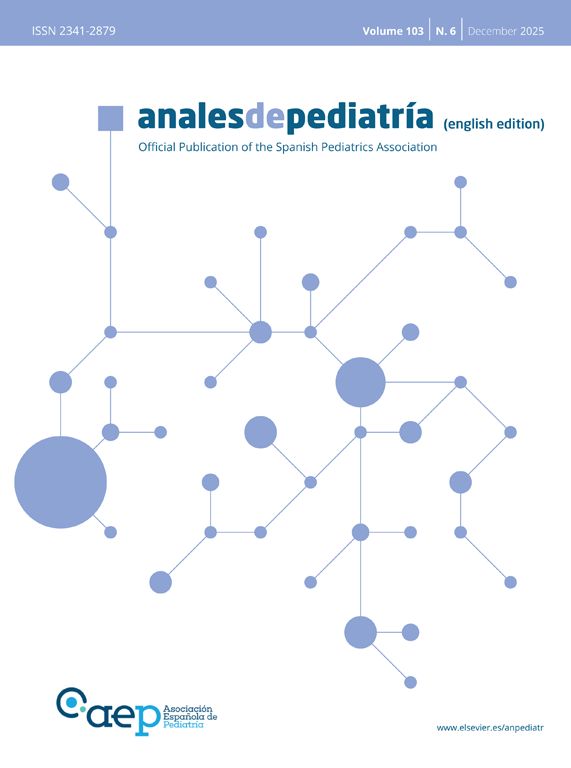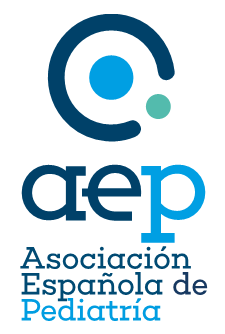Lung ultrasound is becoming a first-line tool in the management of neonatal respiratory disease. There is ample evidence of its usefulness in the differential diagnosis of respiratory distress in newborns,1 and the technique is being adopted by a growing number of neonatal units in Europe, including most units in Spain.2
However, in addition to its diagnostic utility, this technique can also be used for various management purposes, for instance, helping neonatologists identify preterm infants with respiratory distress syndrome (RDS) who are at higher risk of non-invasive ventilation (NIV) failure with the aim of forestalling clinical deterioration through early administration of intratracheal surfactant. Studies on the subject have already been published: a single-center clinical trial, a before-and-after study and 14 observational studies, seven of which were included in a recent meta-analysis3 that obtained an overall area under the curve (AUC) of 0.88 for the prediction of the need of surfactant in preterm infants with RDS. The recently published update to the European consensus guidelines for the management of RDS supports the use of lung ultrasound as an alternative to FiO2 requirements based on evidence of similar quality.4
However, nearly all of these studies systematically exclude patients born before 25 weeks of gestation due to their low frequency and the high NIV failure rate in these patients.5 As a result, there is a dearth of evidence on the use of lung ultrasound in this subset of preterm infants, in spite of the fact that, in Spain, active care is provided from birth to a growing proportion of these patients.6
To address this gap in the current evidence, the Sociedad Española de Neonatología (SENeo, Spanish Society of Neonatology) has established the MINI-LUS national registry (NCT06394583), which we seek to make known through this letter. Starting from February 2025, all Spanish hospitals affiliated to the SENeo have been invited to participate and, in barely a month from its announcement, a total of 41 centers have expressed an interest in the initiative, 10 of which are already actively including patients in the registry.
Taking advantage of the fact that lung sonography is already an established practice in most Spanish centers, and for infants whose parents agree to it, the lung ultrasound scans performed the first day of life (preferably before surfactant administration, in patients who need it) and at 7 days, 4 weeks and 6 weeks post birth and 36 weeks postmenstrual age will be uploaded to the registry database, independently of the respiratory support required by the infant (Fig. 1). In addition, the registry platform offers those centers that are currently part of the SEN1500 network the possibility to automatically dump general epidemiological data that they have already uploaded to the database of this nationwide network.
This pioneering online registry will allow more thorough investigation of the respiratory characteristics of these extremely preterm infants in terms of sonographic features and the type of respiratory support required, in addition to the clinical course and outcomes of the patients. It will also allow assessment of the performance of lung ultrasound for prediction of surfactant needs or invasive mechanical ventilation in this subset of patients; to study sonographic features over time in relation to the probability of bronchopulmonary dysplasia, and to compare all these findings with the findings and scores reported in preterm infants with greater gestational ages.
We believe that in Spain, at the national level, the SENeo provides the best possible framework for the development of a collaborative initiative aimed at improving the care of the most vulnerable patients, who are underrepresented in most trials and international guidelines.7 If the initiative is successful, we hope that other scientific societies will join to combine the work and efforts of a larger number of neonatal units.





